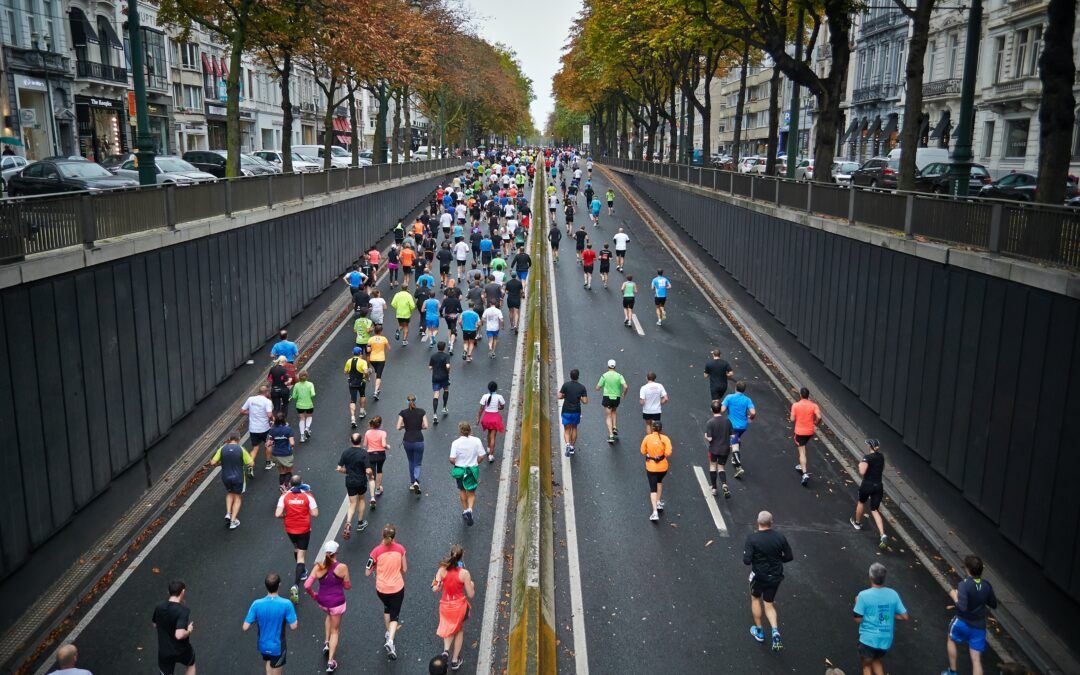Although it is a fact that sport and sporting practice actively contribute to social and human development, it is only in recent years that sport and its use has been considered more consistently also as relevant tool to achieve social innovation objectives, that could address emerging social needs.
Sport and the practice of sport, in virtue of a physical nature, emotional, competitive, non-verbal, and popular, represent a fundamental instrument for the definition of individual and group identities by both those who practice and those who support the sport, generating belonging and developing important relational networks. European countries have always considered sport in a relevant position with respect to the needs of society, allocating considerable space within the developed policies, precisely for the idea that sport was a useful tool in the processes of construction of national identity
One of the main aspects that makes sport effective is certainly its versatility with regard to the needs of the participants; sport practice can be adapted to specific places and cultures, target groups with the main social goal to promote inclusion, participation and wellbeing.
For sport, as in any other field, social innovation can only be promoted when there is a strong synergy between citizens, public services, and a specific needs analysis, what today is called co-creation process.

New and more complex social needs, as well as the need for innovative approaches aimed at social innovation, show more than ever that they need to be actively supported from both the bottom and the top, with bottom-up approaches, multi-stakeholder strategies and people who are able to manage different contributions from those who actively make up society. What distinguishes this process is certainly the application of unconventional ways of participation and education, to be attractive and promote broad participation. Often, sport is one of the key elements of such co-creation and participation processes: consider the increase in life expectancy of citizens, the increase in demand for physical activity for adults and older people; societies evolve and consequently the approach to the community changes. The application of sport in such processes is therefore fundamental from a twofold point of view: on the one hand innovating services, listening to the direct requests of citizens and those who live in their communities; on the other hand, re-appropriating spaces, redeveloping and including influencing areas often left in the background but which through the inclusion of appropriate sporting activities and practices can necessarily improve local social and cultural contexts. Feeling one’s own place, having an area available is a key element of belonging and caring for spaces.
If we were to translate this process of social innovation applied to the sporting environment, we can certainly refer to the 4 phases of social innovation:
– Identification of the social need;
– Development of a solution in response to this need;
– Evaluation of the effectiveness of the innovative solution, to see if it is functional to the identified need, if it has solved that need;
– Adoption of the model and dissemination of the innovative practice.

Clearly, these steps can be applied to concrete sporting examples of social innovation through the use of sport, as for example was the case in Denmark with the implementation of the RaceRunner bike: this is a bicycle designed and conceived by a former Paralympic athlete Conni Hansen for the participation and inclusion of people with different physical disabilities who could participate without the risk of falling or being injured.
The bike is therefore the result of a specific thought and analysis, becoming a tool for innovation: in fact, it is customised with 3 wheels, without pedals and with a supporting frame that allows the person to participate and run without having to take into account their balance, giving the disabled person the possibility to move around on their own, to have the feeling of freedom and mastery of their own vehicle, but also to walk alone.

This is just one of the different examples showing how, complex social needs, such as the ones tackled by social innovation, are increasingly demonstrating to require integrated and innovative approaches and multi-stakeholder strategies, able to combine and manage the contributions of different actors, including those considered non-conventional. In this context, the private sector in particular is called upon to acquire an active role through a stronger recognition of its potential.
The fundamental role of sport has also been underlined by the WHO with its Strategy 17 and 18 on Physical Activity for the WHO-World Health Organization 2016-2025, which focused on the influence of physical activity on health. It was found that there is a significant percentage (81%) of young people between the ages of 11 and 17 who do not participate in sports and who therefore are at risk of experiencing the negative effects of inactivity; adults in industrialized countries, from the age of 18years (26% men, 35% women), although to a lesser extent than the younger population do not participate in sports.
Unione degli Assessorati is currently working with local sport association to promote active sport among disadvantaged groups, to spread sport education among municipalities. This process is challenging and difficult but listening to the social needs and promoting innovation it’s the way to develop new ideas and project to build better societies.







